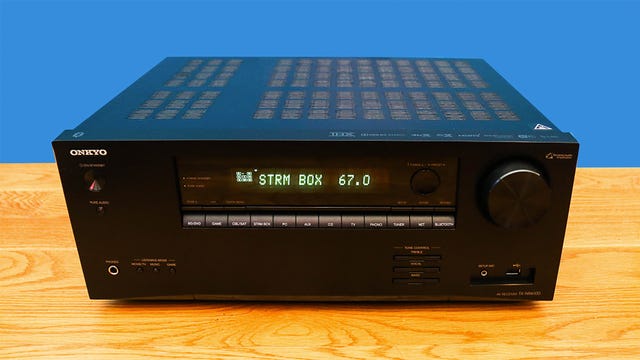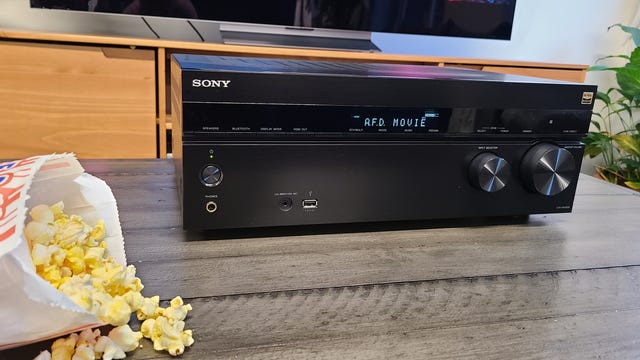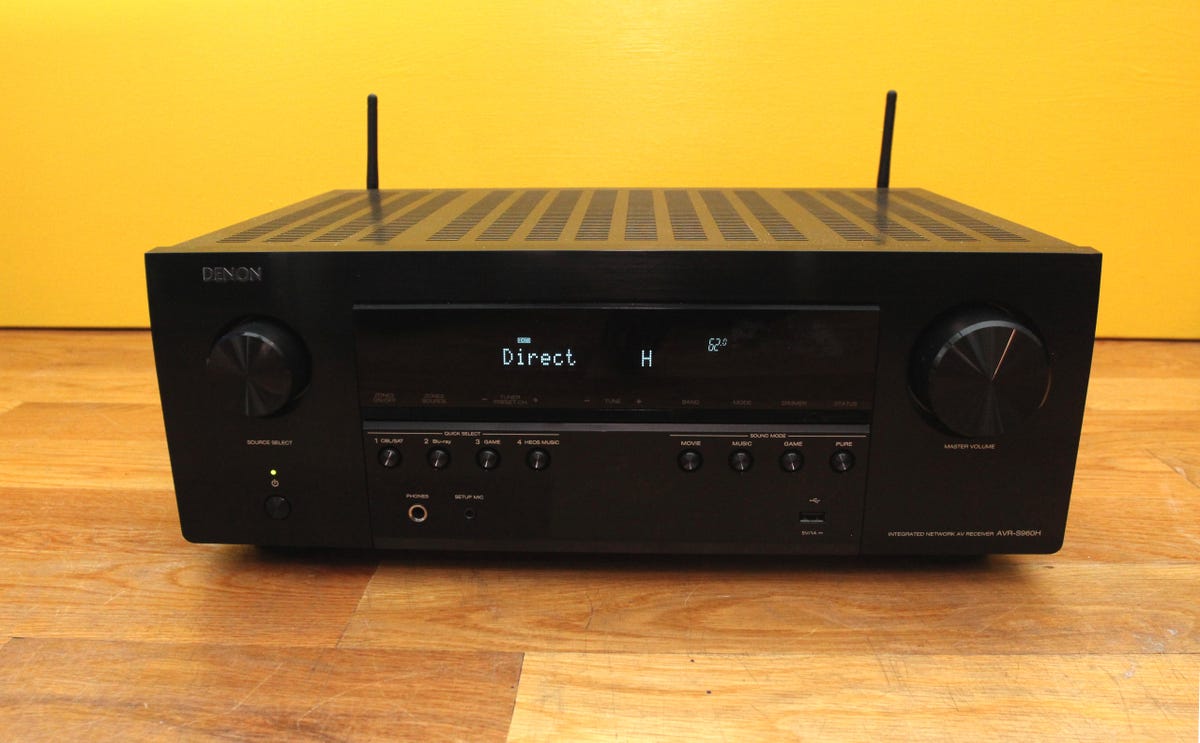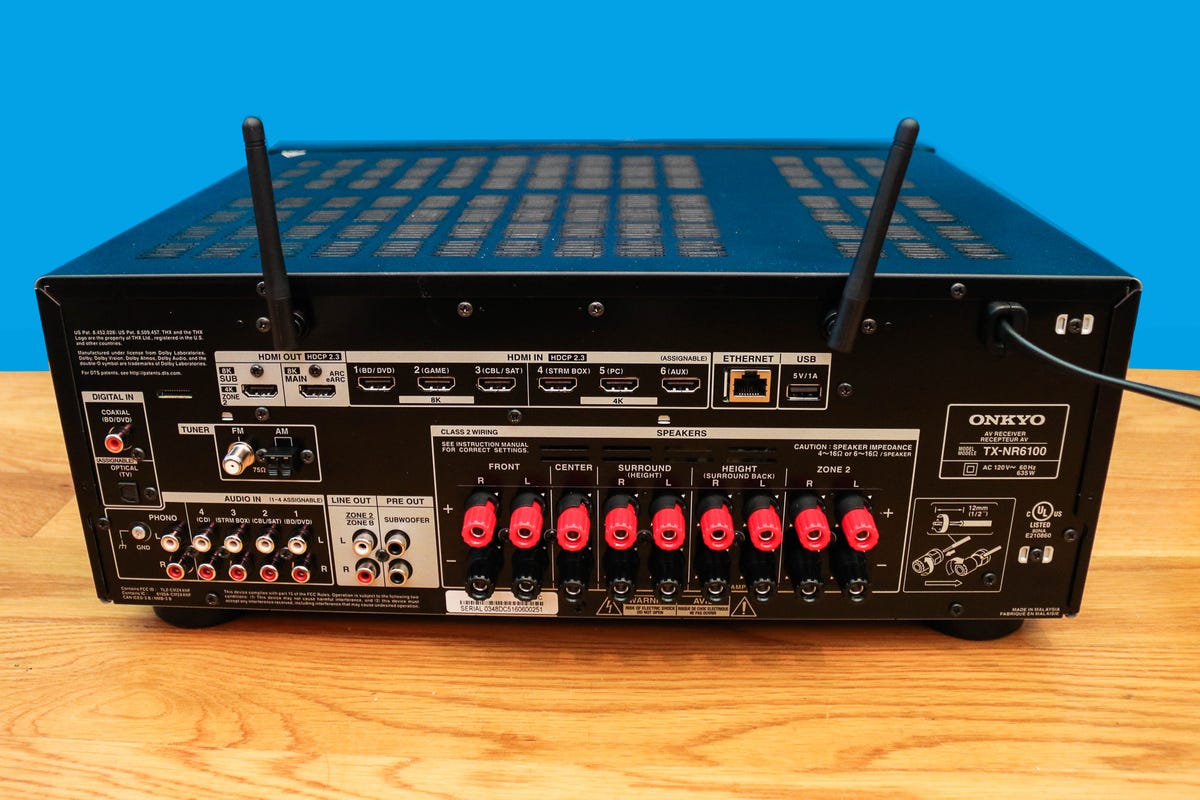Nothing beats a movie theater’s stunning picture and immersive sound, but you don’t always have time to catch all the latest blockbusters on the big screen. Fortunately, with an AV receiver, you can bring a bit of the movie theater experience right to your living room. The best models offer 8K video, Dolby Atmos and Wi-Fi music streaming, but with detailed specs and hardware, shopping for one can be a bit intimidating. Fortunately, CNET is here to help, and we’ve rounded up the best AV receivers you can buy right now.
If you divide your time between watching TV and listening to music, there are several models which can do both well, including two excellent Onkyo receivers in the TX-NR6100 and TX-RZ50. The recently reviewed Sony STR-AN1000 is also a strong competitor under $1,000, though it costs slightly more than the rest.
So how do you know which is the best AV receiver for you? I’ve tested the most popular models between $500 and $2,000 to help you find the best AV receivers 2023 has to offer. One thing you should consider, though, is that some of these products could be on backorder, so check back periodically.
Sony went away for a couple of years, but came back better than ever with the STR-AN1000. This model offers all of the latest features including HDMI 2.1 (4K/120Hz) support. It includes “works with Sonos” certification, but the reason to buy it is that it’s a solid performer. It also has one of the most sophisticated setup routines yet, so dialing in great sound is even easier.




